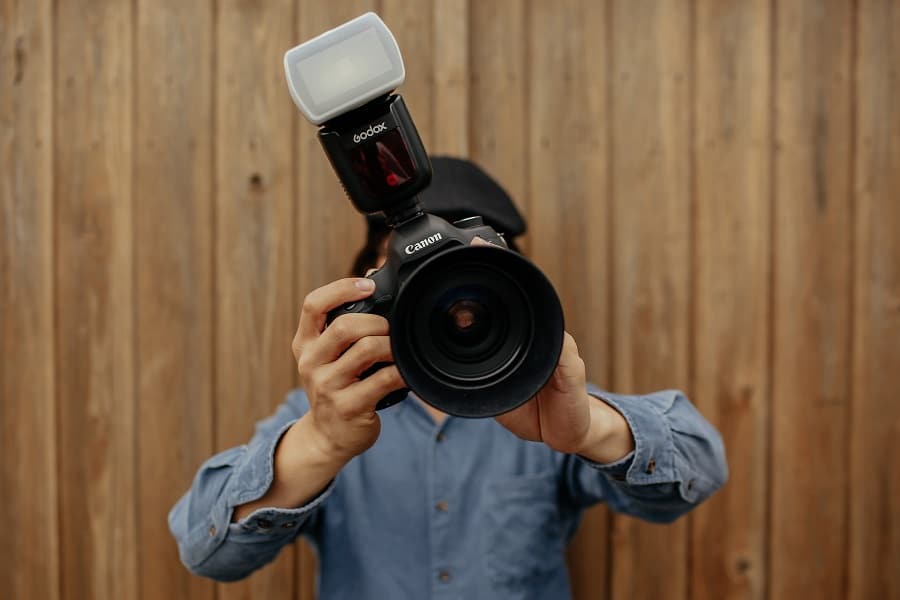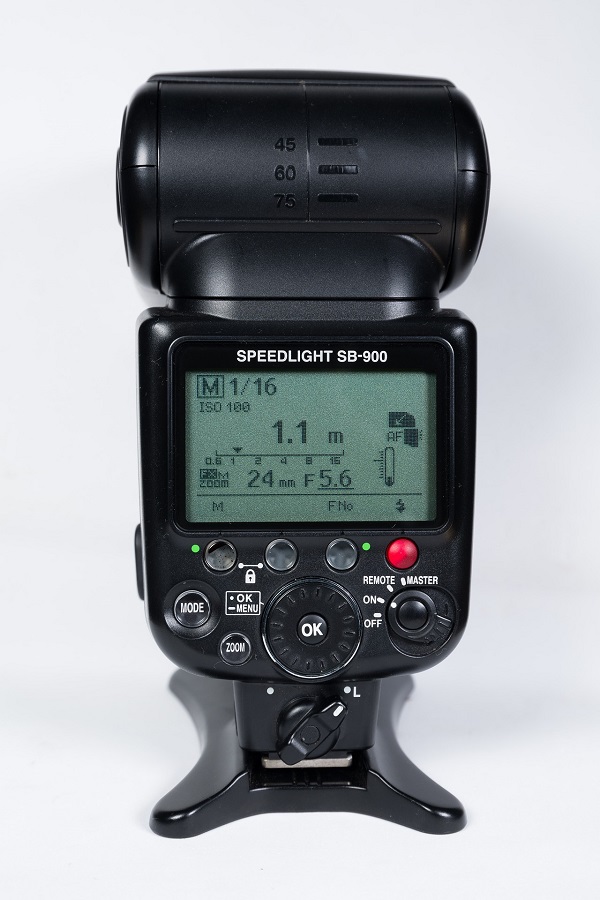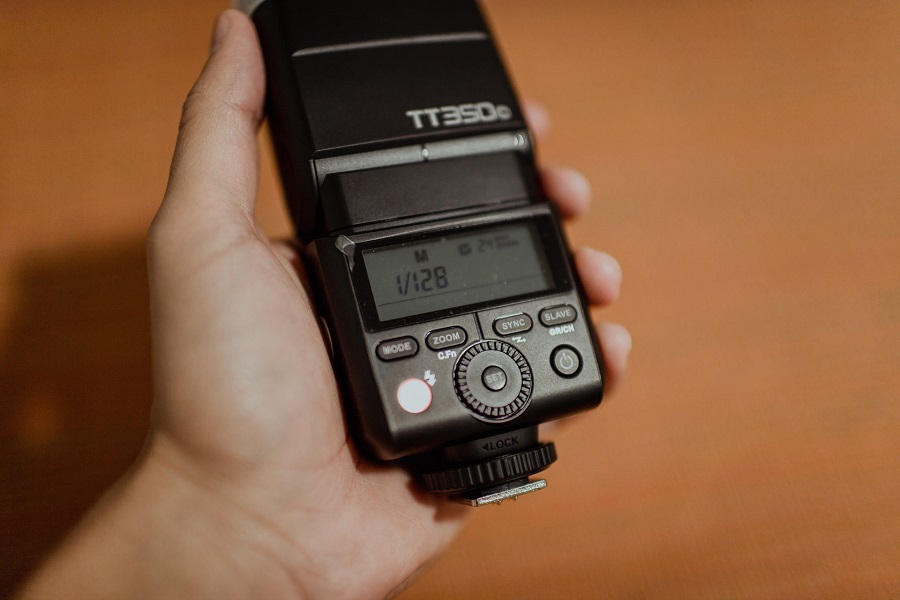
As an Amazon Associate we earn from qualifying purchases.
External lights allow you to enhance the lighting in a scene. However, you may be wondering, what is ETTL, and how can it balance exposure? I'm explaining how you can take advantage of an ETTL flash to transform your real estate images into marketable visuals for agents and realtors.
Quick Navigation
ETTL stands for Evaluative Through-The-Lens (TTL), an autoflash mode where the camera uses data from the lens to assess how much light the flash must produce. It is a flash metering system that improves exposure in tricky ambient light, especially for interiors and exteriors.
Professional real estate photography requires effective lighting to ensure you can highlight a property's essential features. With ETTL, you can create interesting lighting to control the scene's mood and tone.

ETTL is an evaluative and automatic flash mode that calculates light using information obtained through the lens. This technology optimizes a camera's light sensors to function, much like when doing evaluate metering.
The flash will conduct an ambient light reading and emit a low-power pre-flash when you press the shutter button. After that, the sensor will compare and measure the readings from the ambient light and pre-flash to determine the correct intensity for the main flash.
Aside from that, ETTL considers the distance the light output must travel from the flash unit to the subject. This process results in better flash exposure, particularly on highly reflective areas such as tiles, mirrors, and glossy countertops.
About 63% of people believe photos are more important than product descriptions. However, the effectiveness of a real estate image also depends on the quality, and using ETTL can produce various effects.
Despite having varying shadow patterns, these shooting positions produce the same brightness level. Thus, what you should use depends on the effect you want to achieve.
Generally,
ETTL is an excellent choice if you're relatively new to real estate
ETTL flashes also tend to have rapid charging, enabling you to fire flash power quickly.

Keep in mind that ETTL decides on what's the best exposure. ETTL may sometimes become a hindrance for seasoned real estate photographers who want more creative control over the light output.
Furthermore, ETTL flashes tend to be more expensive than manual ones due to their automatic modes and settings. Some ETTL units are also proprietary to certain camera models. For instance, you can't use Canon ETTL flashes in Nikon cameras.
It only takes 100 milliseconds for a person to decide on a photo's mental and emotional impact. One way to create an impactful real estate image is to use ETTL in accentuating details, colors, texture, and even shadows.
To do this, try to change the active autofocus point and metering mode to modify the frame's brightness. You can also use the FE lock for a consistent flash output. Additionally, make sure to use the appropriate aperture as ETTL adjusts power according to the sensor's opening size.
Both ETTL and TTL depend on the camera to determine flash strength. However, ETTL already fires a few bursts of light to illuminate the subject while reading the exposure. In contrast, TTL flashes read an image's exposure from the camera's exposure meter then sets the flash strength.
The kind of flash to use may depend on your situation, experience, and even the available light. However, you should use manual flash if you want more control over the exposure settings. Meanwhile, it would be much better to choose ETTL if you need more assistance.
The best external lights allow real estate photographers to enhance and control illumination in dark exteriors or poorly-lit interiors. With an ETTL flash, you get a simple way of continuous lighting to ensure you capture high-quality real estate photos.
